As we already know the Blackview company is focusing mainly on production of the rugged smartphones and not that long ago we have been quite happy with the Blackview BV5000 model. But today we have on the table the new and improved BV6000 directly from the manufacturerand it will be interesting to see if it's again a perfect companion for outdoor activities like climbing, biking, swimming or frankly anything else. Let's find out all the answers in our Blackview BV6000 review.
Packaging
Nice flat white box with the phone looks quite basic and bland, you can find only the Blackview logo and model designation depicted on it while in the rear is a sticker with all the hardware specifications. Opening the box you see the phone resting in a paper cradle and under the cradle are located individual compartments with all the BV6000 accessories. And the manufacturer this time really put quite some pieces there, let's go through them. 2A charger with round and thick USB cable, OTG cable, in-ear headphones, one extra screen protector, small bag with a screwdriver for opening the SIM and microSD covers, replacement plastic covers for the headphone jack and charging socket plus extra screws. So everything you need and thumbs up for Blackview for providing some spare one, because with a rugged it can be expected the need for it later. Last but not least is the basic english manual.
Design and build
Anybody at least remotely interested in the rugged smartphones is aware of the fact, that for reaching some level of protection (for example the IP standards) you need to employ different build and design compared to the normal phones. So it has to be expected the BV6000 is not going to turn heads with its looks, just like any other previously released real rugged phone. Nonetheless the device looks quite good in the utilitarian kind of a way.
The body of the phone has chamfered corners protected by special rubber layer making the phone extra resistant to falling. Furthermore we have the edges strenghtened by metal and braces and the special rubber protecting all the crucial phone parts. All those things add up to reaching the IP68 standard, making the phone officially water and dust resistant.
Looks can be described as slightly military with sharp edges cut into the body for better grip and for that help also the non-slippery material used for the rear and corners. But the downside is that it's harder to dig out the phone out of the pocket. On the right side we can find three usual button - power and the volume ones. Left side is reserved for the camera button, Push-to-talk and SOS. For the camera button you need to press it longer than 5 seconds to start the camera, but it can be used subsequently as a shutter. We will cover the Push-to-talk later on in the article and the same can be said for the SOS. All the buttons are metal made (except the quality polycarbonate PTT) and controls are firm and precise.
On the back of the phone we have all the usual culprits, lens of the rear camera, LED flash (flashlight), entrance to the SIM/microSD slots and of course the company logo and a loudspeaker. Upper edge of the phone contains the 3,5mm audio jack covered by a rubber cover and the chin has the microUSB port used both for sync and charging duties.
Front side is dominated by the 4,7-inch HD resolution display, front selfie camera less, three backlit classical capacitative buttons (menu, home and back) and of course a microphone. For the rugged purposes Blackview skipped the use of the trendy 2.5D glass and i think all things considered it's a good choice, because it serves only the design purposes anyway.
Despite being equipped only with 4,7-inch display the Blackview BV6000 can feel pretty bulky, but that's caused by the necessary rugged elements, construction and also the very location of the capacitative buttons. Display to body ratio is slightly abnormal due to that, but still very practical and easy to control with just one hand. One small remark concerning the body, except the SIM/microSD cover it's real unibody construction so nothing feels wobbly, squeaky or anything and it's really firm and solid. For me it's just perfect foundation of a rugged device even with the dimensions 81 x 152,3 x 16,6 mm and 247 g of weight (battery is non removable).
Hardware, system and performance
Blackview BV6000 brings quite some useful technologies to the rugged phones cathegory, mainly the full coverage of the LTE bands for a european customer - supported bands are 1/3/7/8/20. Furthermore it has the PTT (Push-to-talk) function and even though you have to install a special app for the full functionality it then acts like a proper walkie-talkie device capable of communicating with other PTT devices nearby. Everything works through th UMTS frequencies - 850, 900, 1900 and 2100 MHz. Phone also supports both NFC and OTG.
But let's get back to the more basic hardware details. Blackview employs the octa-core Mediatek Helio P10 (MT6755) processor clocked at 2 GHz with the GPU chip Mali-T860MP2 clocked at 700 MHz. That's supported by 3 GB RAM and 32 GB of storage, which is further expandable up to 64 GB by a microSD card. Add two SIM slots to the mix - one micro and one nano, the latter inserted on top of other.
The rugged tank is also equipped with two cameras, rear one is a 13 Mpix shooter with OmniVision sensor and f/2.0 aperture, while the front one is only 5 Mpix shooter also with OmniVision hardware. Both cameras are interpolated and for the real tests scroll down to the Cameras chapter.
Whole thing is powered by non-removable Li-On battery with 4500 mAh capacity. And everything is controled by the Android 6.0 Marshmallow OS and i have to say the user experience is very stable and smooth, no crashes or issues during the testing. Let's sum up all the phone specs together then :
- processor : octa-core Helio P10 (MT6755) clocked at 2 GHz
- GPU : Mali-T860MP2 clocked at 700 MHz
- RAM : 3 GB
- Storage : 32 GB expandable with microSD card up to 64 GB
- Display : 4,7-inch HD IPS display with 1280 x 720 pixel resolution and Corning Gorill Glass 3 protection
- Main camera : 13 Mpix OmniVision shooter
- Front camera : 5 Mpix Omnivision shooter
- Video : HD capture supported
- Dual SIM : Yes
- Networks : GSM : 850/900/1800/1900 3G : 850/900/1900/2100 4G : 800/900/1800/2100/2600
- GPS : GPS, A-GPS, Glonass
- Connectivity : Wi-Fi, FM radio, Wi-Fi, Bluetooth 4.0
- Functions : Push-to-talk, NFC, OTG, programmable button with SOS
- Sensors : E-compass, light sensor, proximity sensor, G-sensor
- Battery : 4500 mAh
- Dimensions : 81 x 152,3 x 16,6 mm
- Weight : 247 g
I have tested with the Blackview BV6000 with most of the usual benchmarks and you can find the result to be the following :
Display
This outdoor workhorse is equipped with 4,7-inch IPS display with HD resolution 1280 x 720 pixels and protected by Corning Gorilla Glass 3. Viewing angles are pretty good, just as the colors and sun legibility. Backlight consitency is good except one small brighter stripe down with the LED light bleeding a bit. But that's visible only with high brightness setting and black background so no need for extensive worries. For today's phone standards the display resolution could seem inadequate, but keep in mind this i s a rugged device build to last and survive. And personally i also like the absence of the 2.5D glass, making the phone less prone to breaking upon the fall.
Battery life
As mentioned before the phone has a non-removable Li-On battery with 4500 mAh capacity and with effective CPU, lower screen resolution and Android 6.0 optimizations it performs quite well. In the PCMark battery test it scored 10hours and 8 minutes, which is an excellent result for a rugged phone.
With everyday moderate use with some voice calls, web surfing, taking pictures, email synchronisations and some GPS navigation the battery lasted three full days for me. Granted i'm not a power user, but the rugged phone won't be used for gaming and such battery problematic functions anyway.
Connectivity and GPS
In terms of connectivity the phone performed just fine, voice quality to my full satisfaction and the same can be said about the signal. As for the GPS the phone clearly has very good antennas and software, because the fix is extremely fast and the tracking very precise. The chip has even a Glonass support, which also helps a bit. Add to the mix the built-in E-compass and after some calibration you have a perfect device for some tourist activity in the mountains. GPS really made a very good impression, thumbs up for that.
Cameras
As mentioned before both the cameras are software interpolated and the rear 13 Mpix OmniVision reports as 18 Mpix in the benchmarks, while the front 5 Mpix as 8 Mpix. Pictures from the rear camera are slightly above average in my humble opinion, although sometimes tend to be slightly oversaturated and the colors are with a tiny green-bluish tint. But overally the quality of the camera is just fine for a rugged device, after all nobody expects it to be a full camera-centric gadget. The special Camera button located on the left edge is pretty handy, can be used as a shutter and it's easy to control even with one hand.
Sound and multimedia
So how about the sound ? As for the loudspeaker and microphone the call sound quality is totally alright. The rear speaker sound is also loud, VERY loud and that's exactly the perfect thing for a rugged outdoor phone. Usually you dont need crystal clear sound quality when you are sweating going up the hill or breaking the sound barrier on your bike and the phone is safely tucked in your bag. So BV6000 makes sure you won't miss anything, it's really hard not to hear the sounds.
If you like to listen to your favourite music then i can strongly suggest replacing the provided in-ear headphones with something else, because those are just plain average. Sound output into the headpones is quite good too, haven't noticed any distortions or other issues.
Blackview BV6000 review – Conclusion
First of all let's go through all the positives and negatives of the Blackview BV6000 :
Positives
+ build quality, compact, non/slippery and very sturdy body
+ missing 2.5D glass
+ HD display resolution has a positive effect on battery life
+ good battery life
+ fast and precise GPS
+ loud rear speaker
+ NFC, OTG, Push-to-talk and all 4G bands
Negatives
- no notification LEDs
- longer battery charging time
- interpolated cameras
And here we are at the end of the Blackview BV6000 review. I have seen and tested quite a lot of the rugged phones already and i have to say this one really impressed, even though i could use it for only a week. Price/performance ratio is also very good and i think every outdoor active person who is looking for a new phone should seriously consider this one. It packs a decent hardware, good LTE support, great GPS and sturdy build with well thought out design , which is really made to last. Add to the mix some spice in form of Push-to-talk, NFC or OTG and you have one quality phone on your plate. I would like to thank once more the Blackview company for supplying the review sample for us and you can get the phone for example in this store for $179.99.
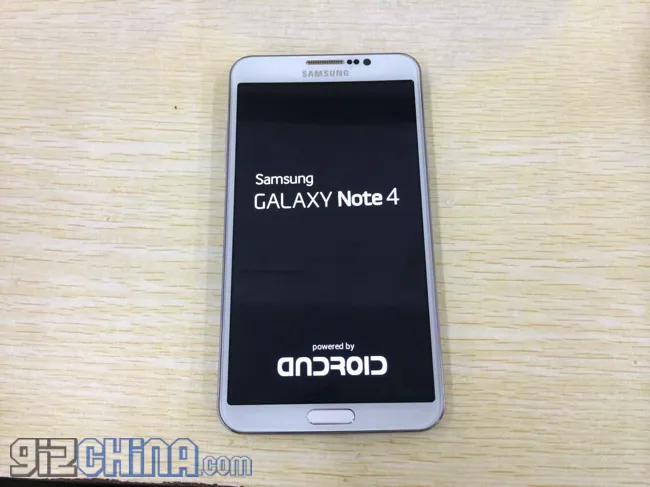

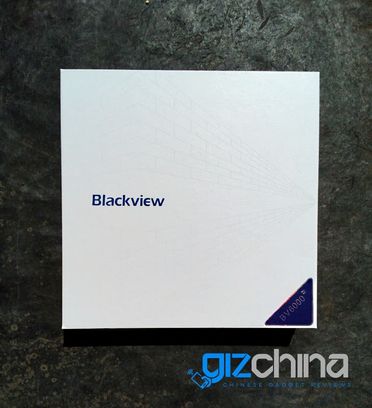
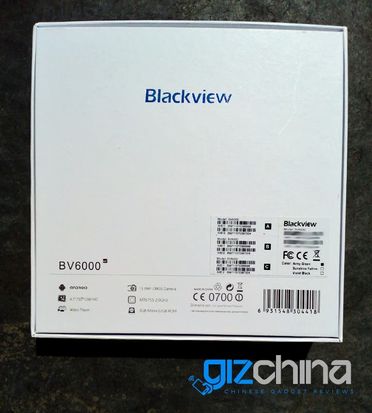
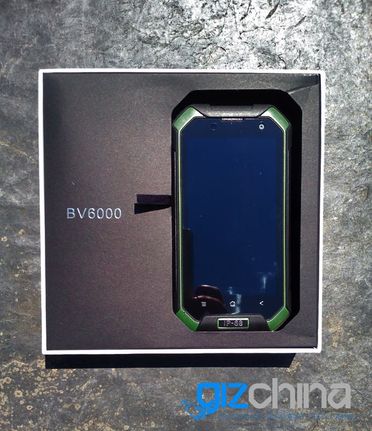
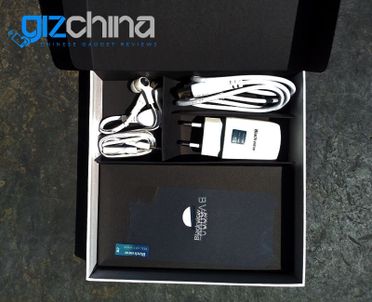
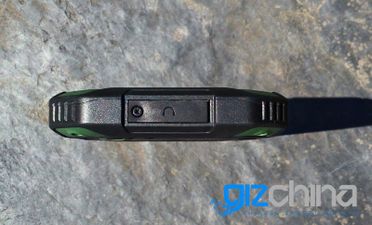
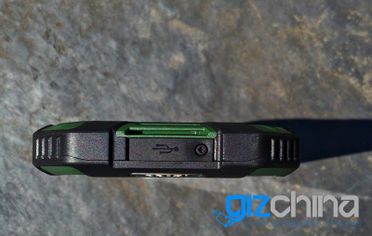

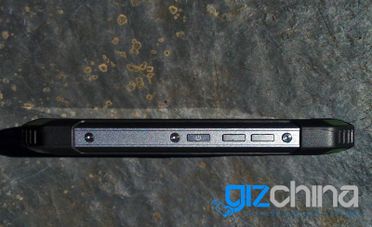

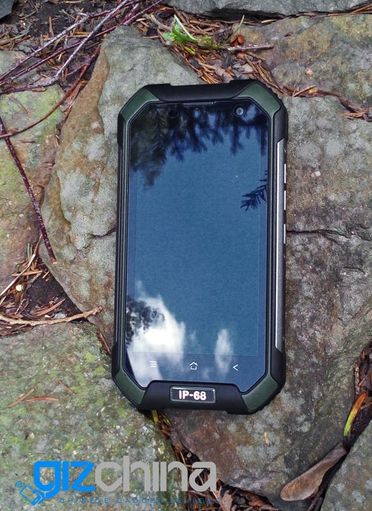
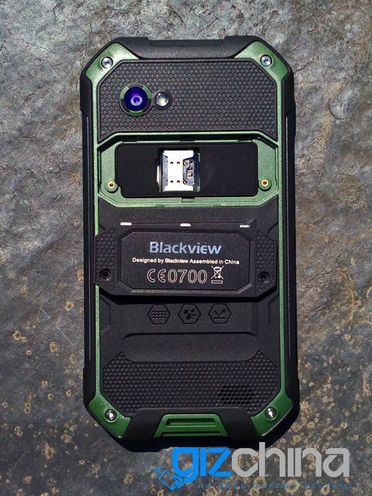
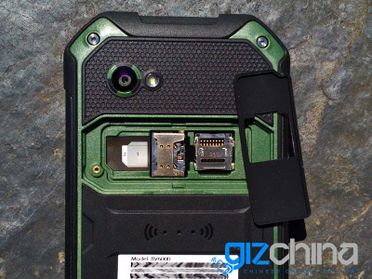
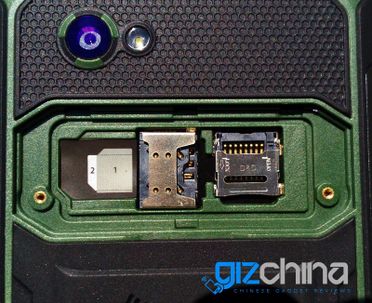

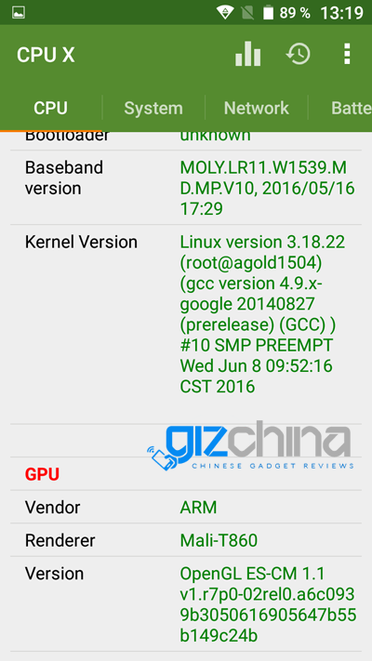
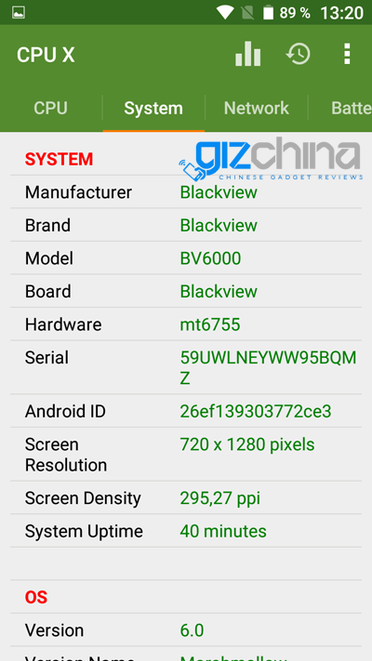
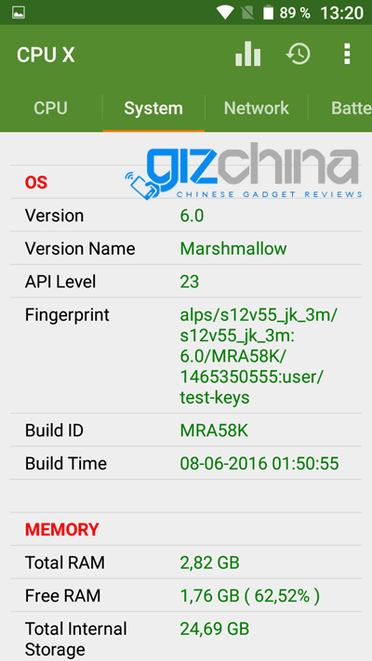
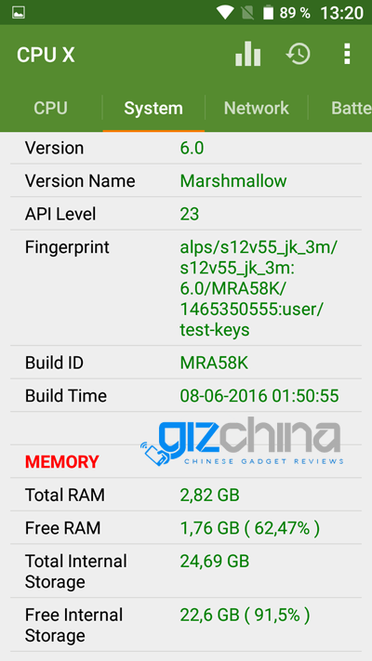
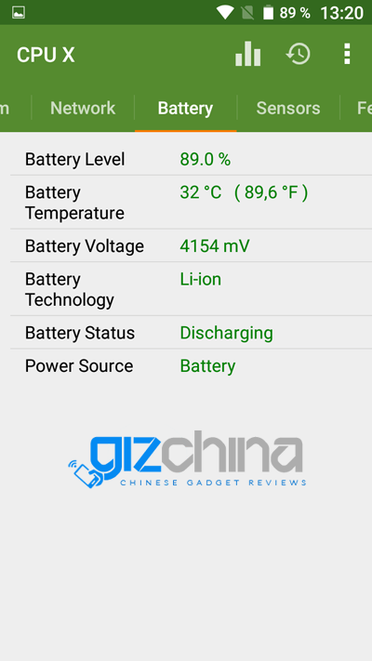
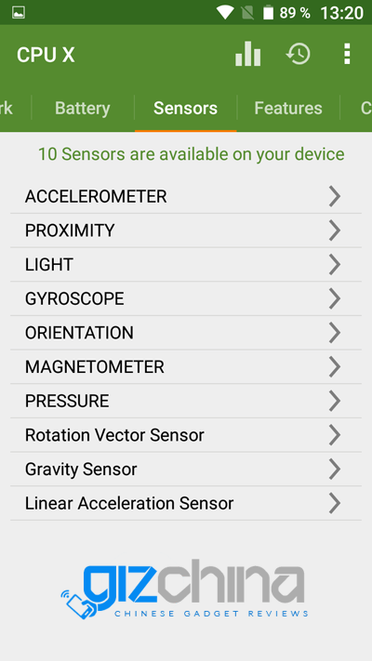
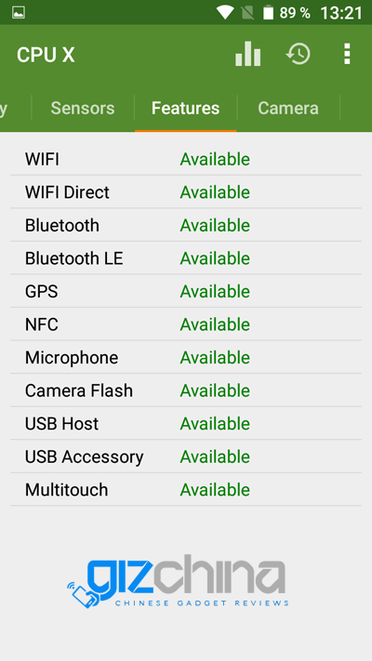

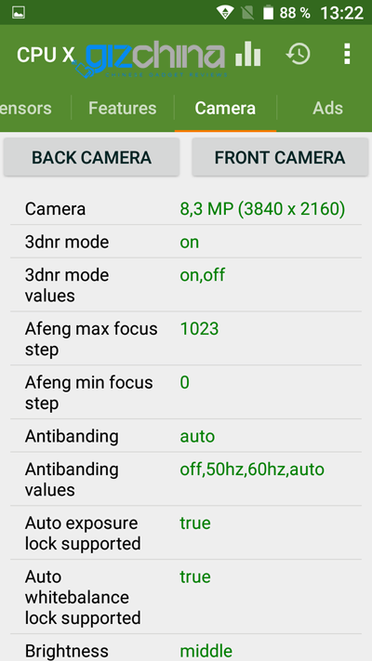
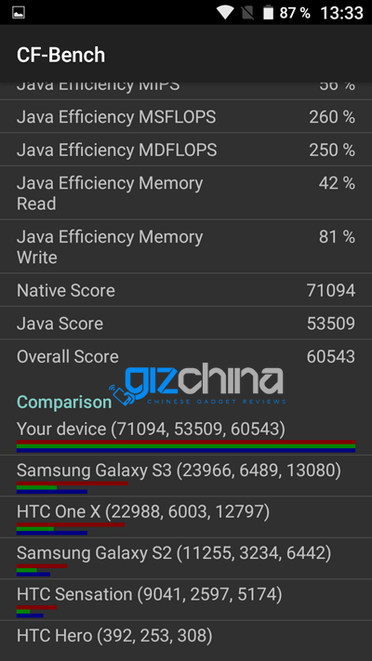

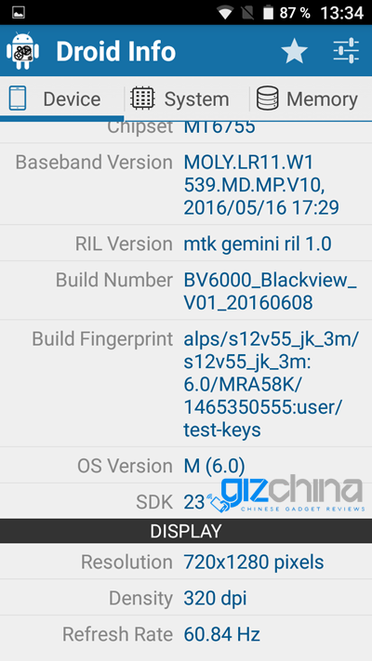
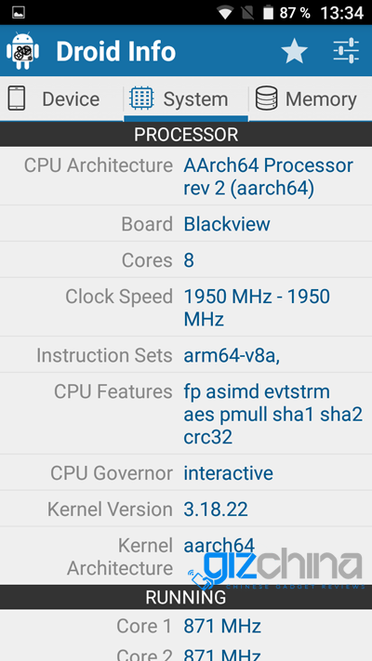
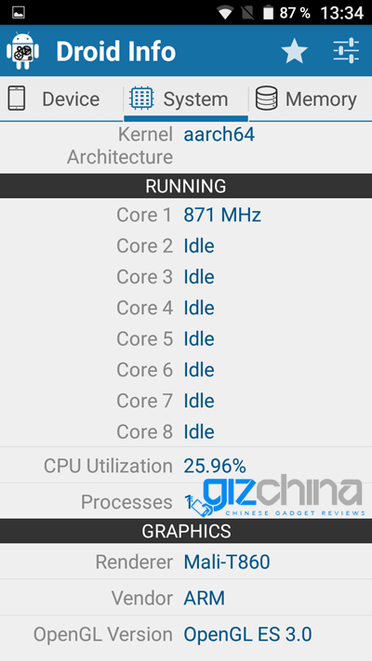
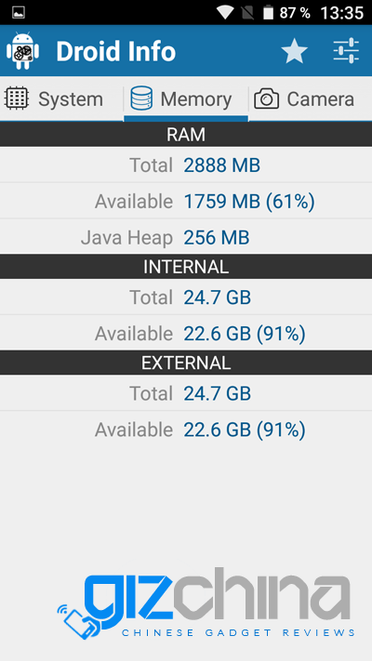
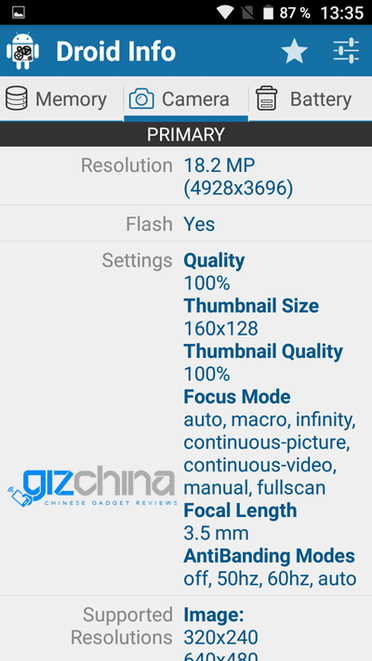
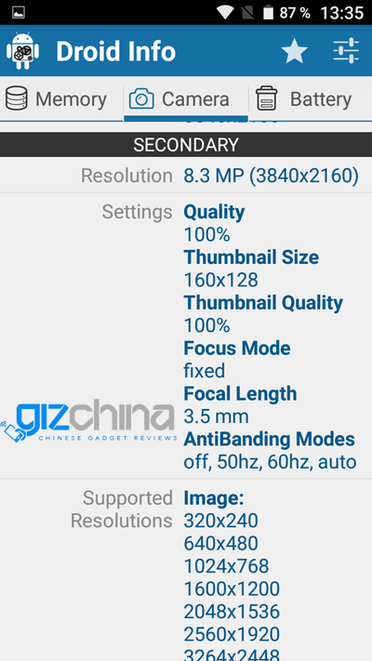
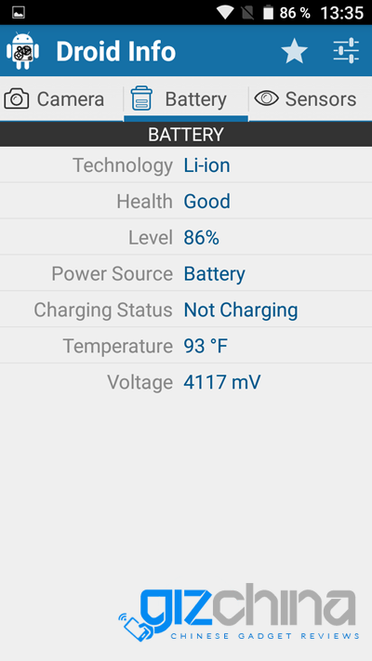
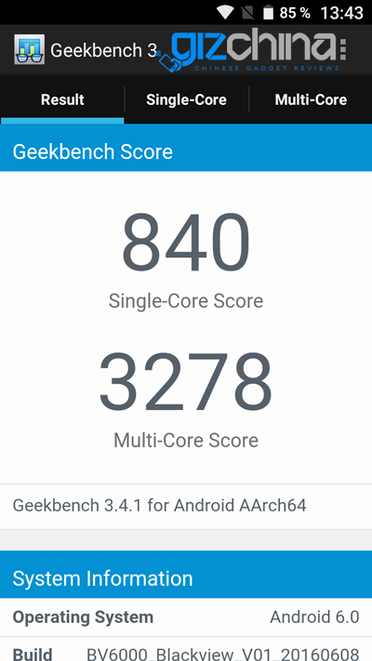
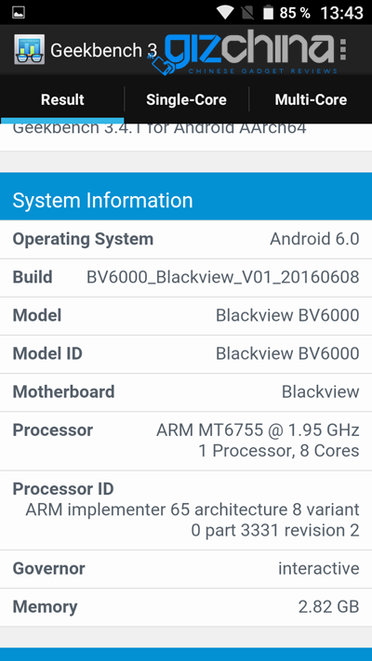

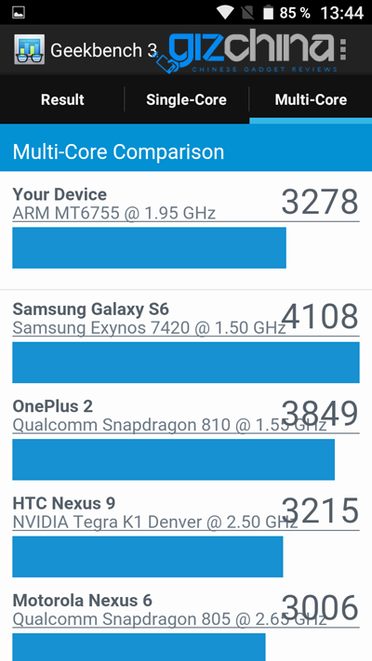
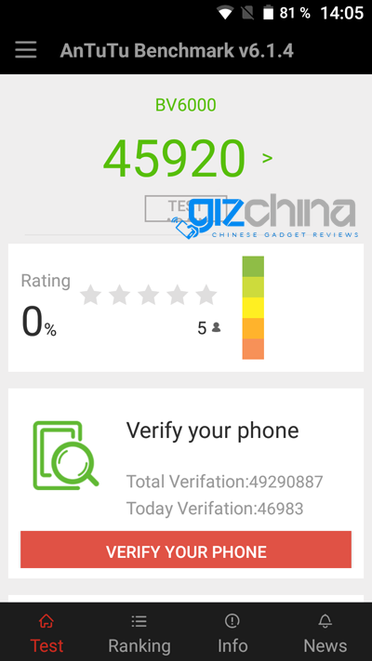

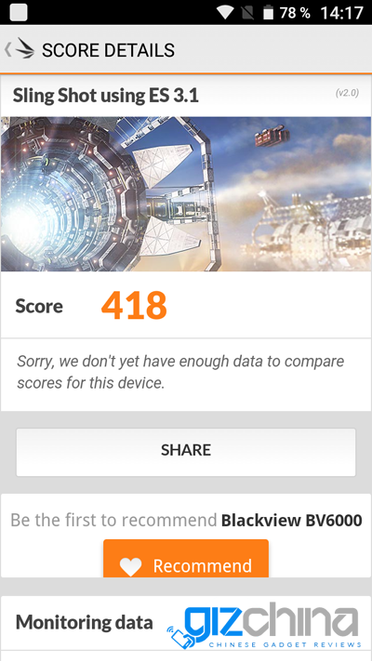

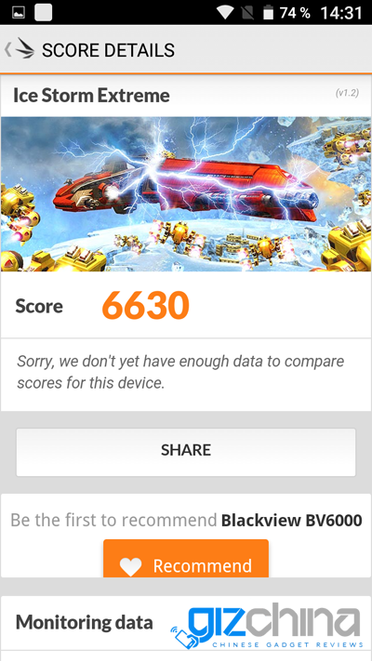
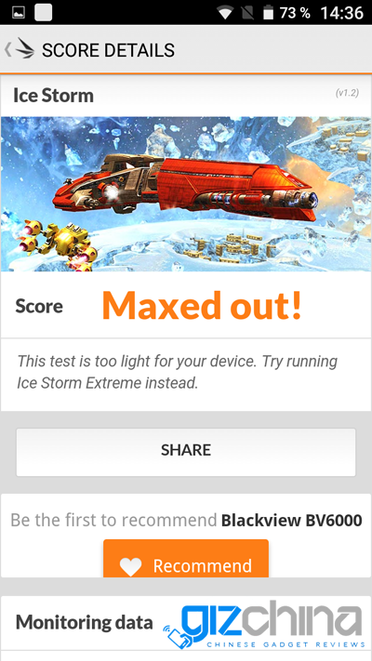
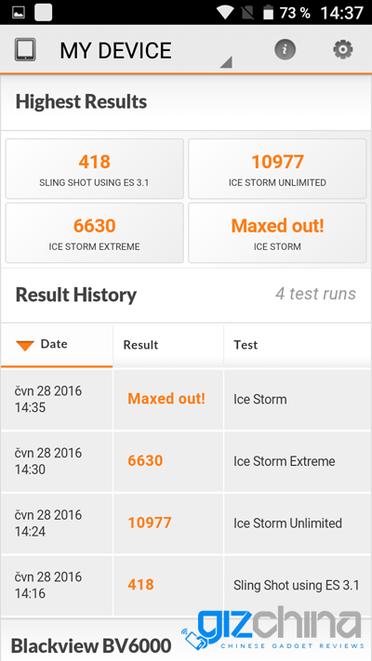
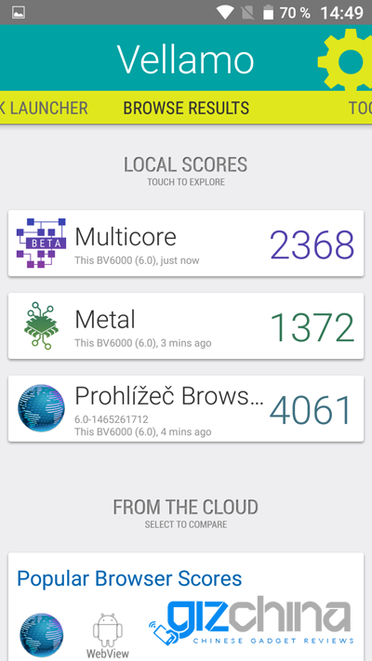
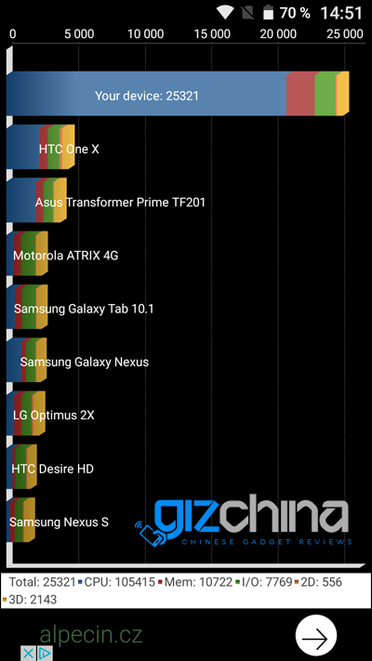

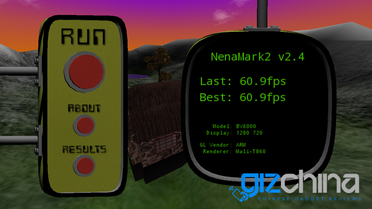
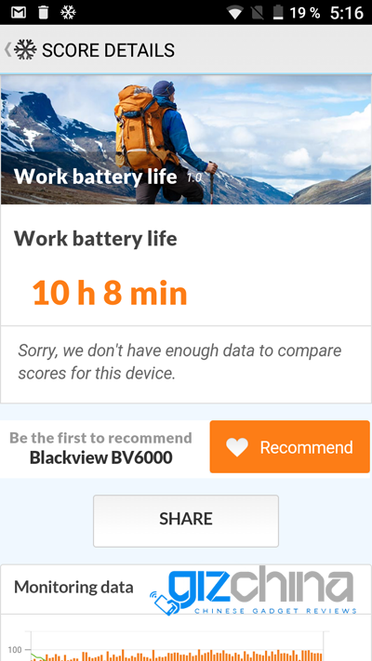
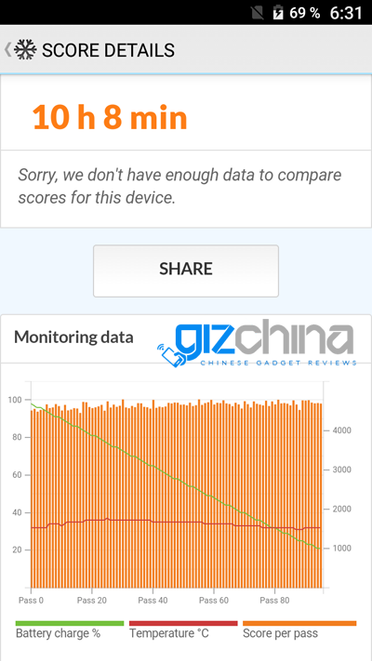
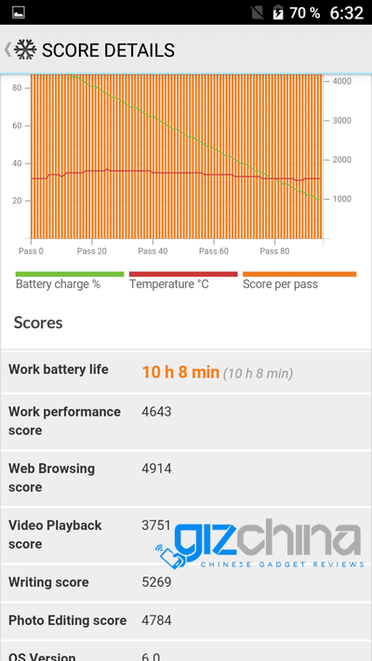
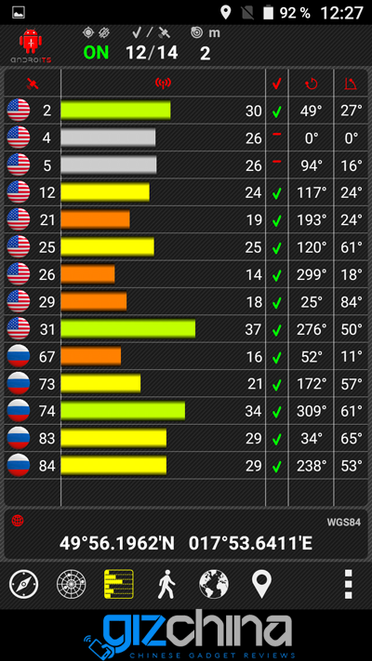

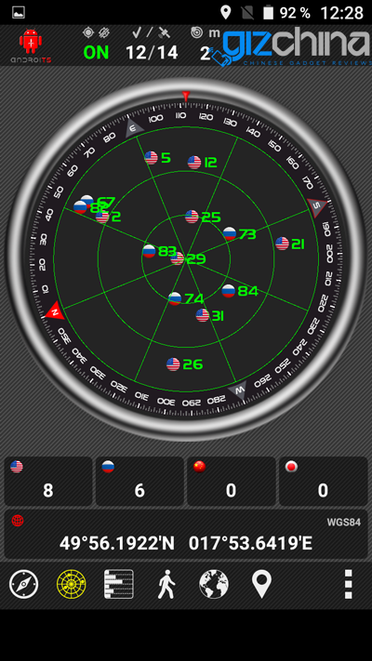
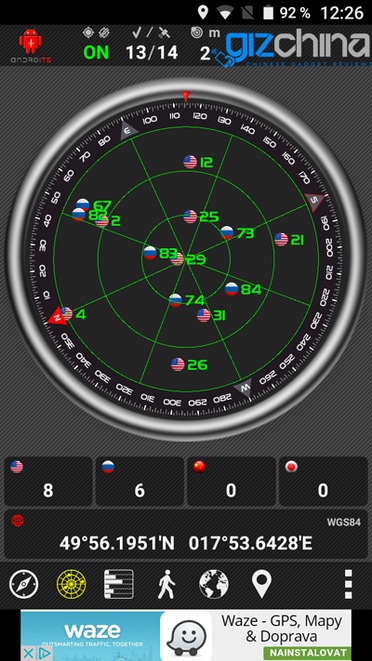
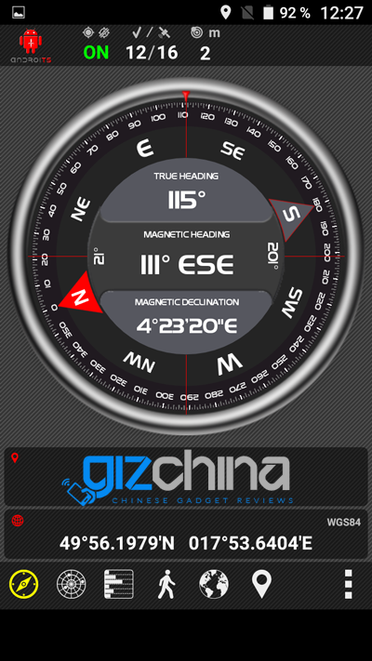
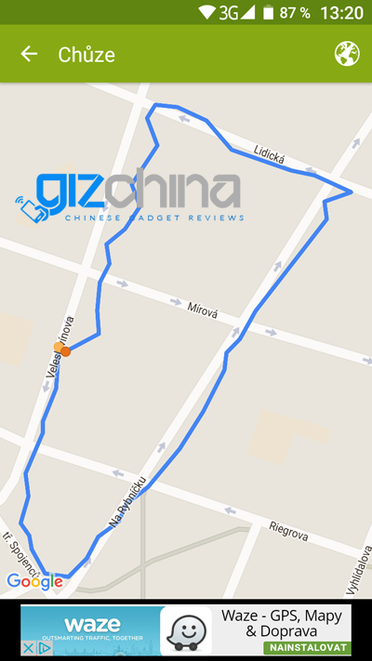

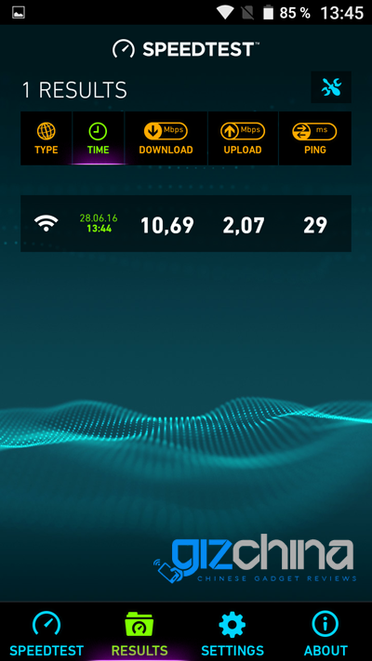
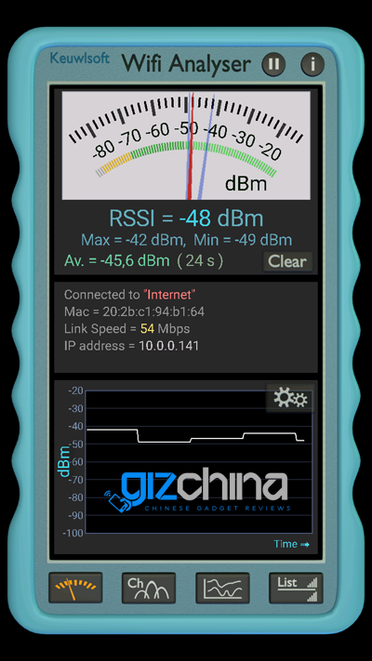
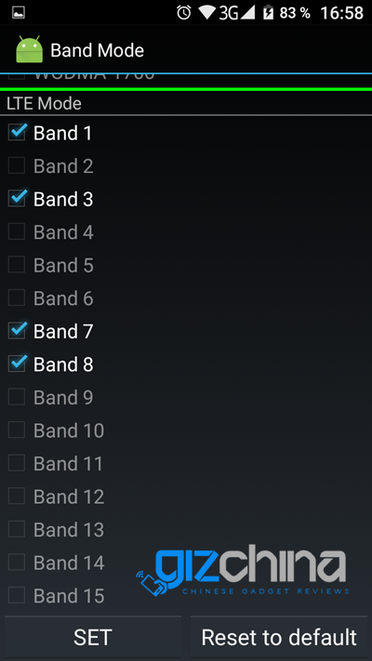
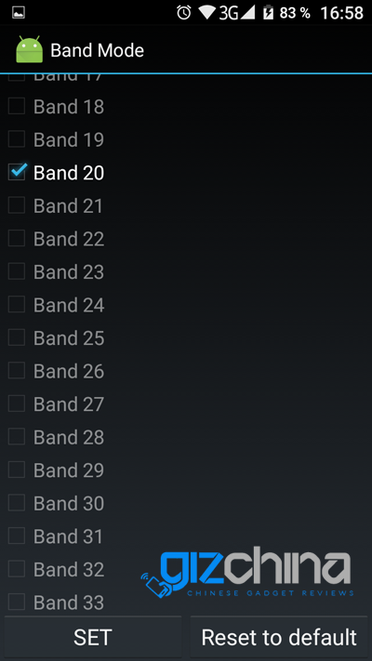






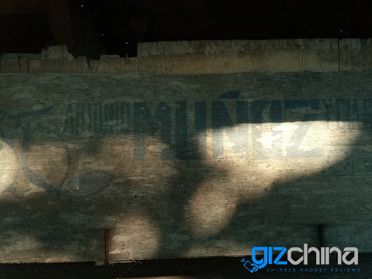
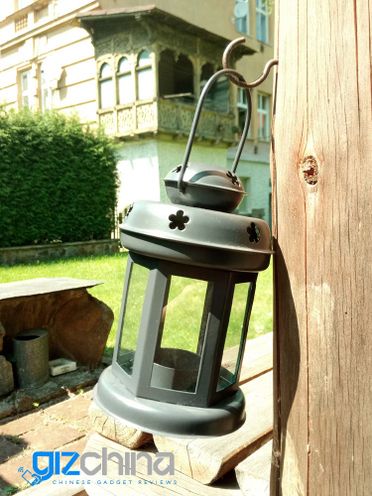






Place comments
0 Comments
You are currently seeing only the comments you are notified about, if you want to see all comments from this post, click the button below.
Show all comments